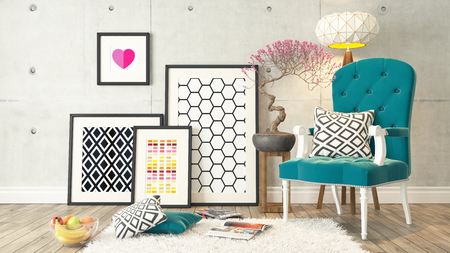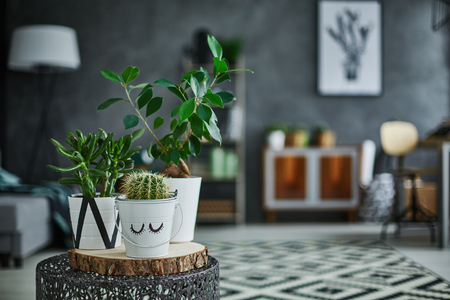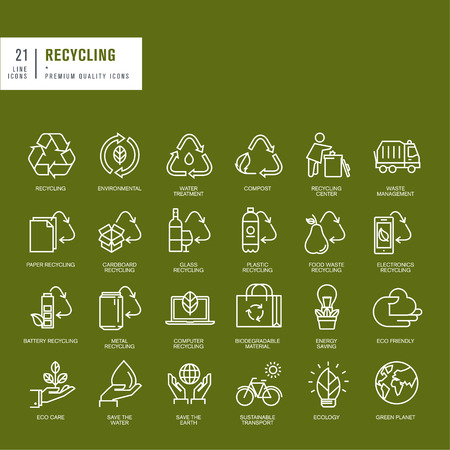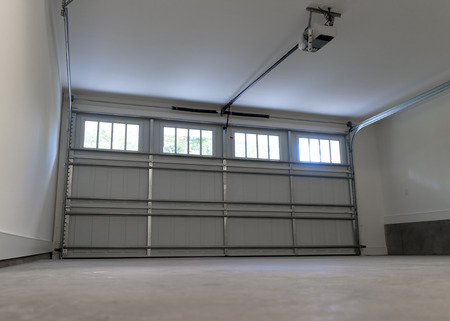
Moving is one of the most significant stress factors in life. We become “nester” and find comfort staying in our old ways of lives; however, change is vital for growth, and sometimes that demands moving homes. Do not let this task feel like an encumbering burden because with a little time-management and a game plan, your move will go smoothly. Plus, you can eliminate your stress by stick to these five simple guidelines for moving:
Make a Game Plan
The first step is to make a game plan. Determine how many days you have until your move. Perhaps a month or maybe a week? Using this time, write out the rooms you will need to pack. You can set goals to accomplish each day to break up the workload. Additionally, you need to price and schedule a moving truck or movers. Write out a game plan for moving day including a timeline of the day to help ensure everything goes smoothly.
Time to Pack
Do not pack any of your necessities at first. You do not want to go for a month without toilet paper or toothpaste. You may want to go to a local grocery store for some free boxes if you do not have them. If not, many moving truck companies can sell boxes to you as well. Once you begin to pack, remember to set aside important documents and hand deliver these items to your new home yourself.
Be Sure to Label
Labeling is important. Not only should you label the contents of the box, but you should label what box goes in what room. You should also label if boxes are heavy, medium, or light for packing purposes as well as have stickers that say if things are fragile. Labels will help your loading an unloading process as well as your unpacking experience.
Hire a Babysitter
Moving day will demand a lot of attention and so do your kids. Plus, you do not want to jeopardize your children’s safety on moving day. With so much going through your mind on moving day, do not forget to hire a babysitter or dog sitter. You have a lot to worry about during the day and having your children monitored by someone else can help alleviate some stress.
Settling in
Welcome to the neighborhood! You may want some of your time dedicated to networking and meeting the community. Even if stress levels are high this day, be smart. You are new to the neighborhood, and your emotions can make a first impression. Be sure to wave to new neighbors and smile!
If you chose Fulton Homes, we are incredibly excited about your new adventure. You will find that our homes are built to last by standing the test of time. Welcome and thank you for choosing Fulton Homes.
“You’re Proud to Own. We’re Proud to Build.” – Fulton Homes

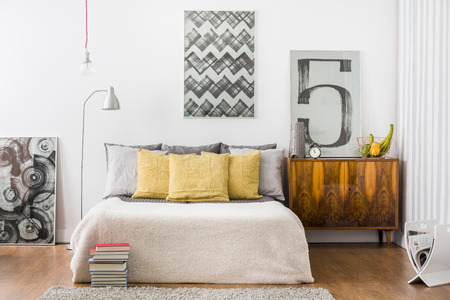

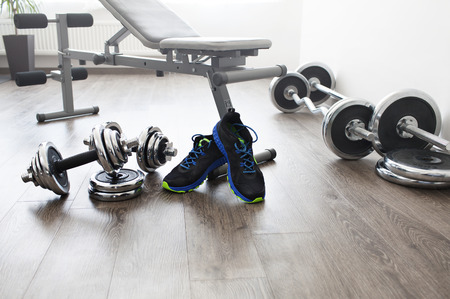
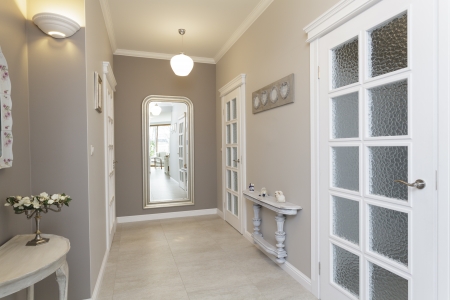 Stop neglecting your hallways. Just because they are not “rooms,” does not mean they should not be decorated or expressive. Your halls are utilized daily and the gateway between rooms. There are so many great ways to spruce up these narrow spaces without being obtrusive. Check out below and see our top three best hallway hacks to use in your own home:
Stop neglecting your hallways. Just because they are not “rooms,” does not mean they should not be decorated or expressive. Your halls are utilized daily and the gateway between rooms. There are so many great ways to spruce up these narrow spaces without being obtrusive. Check out below and see our top three best hallway hacks to use in your own home: